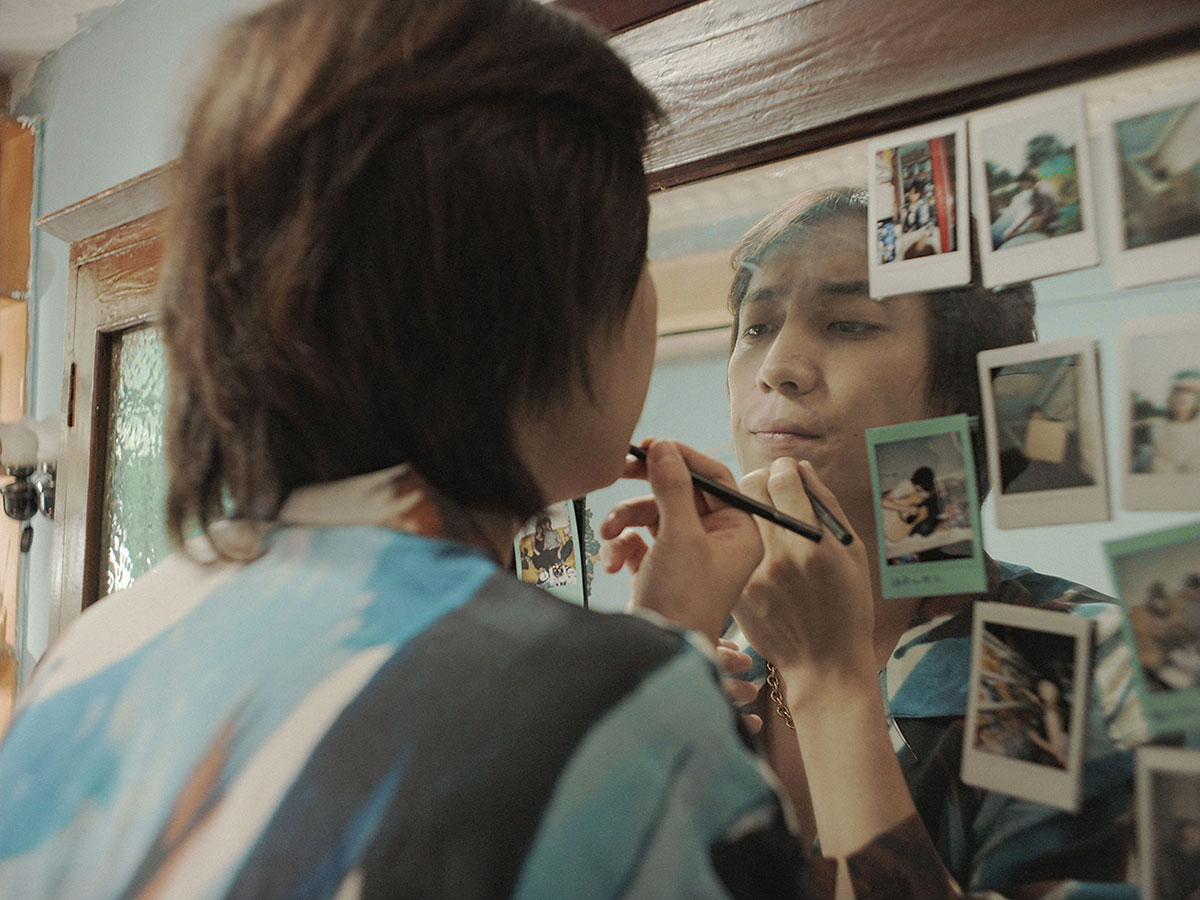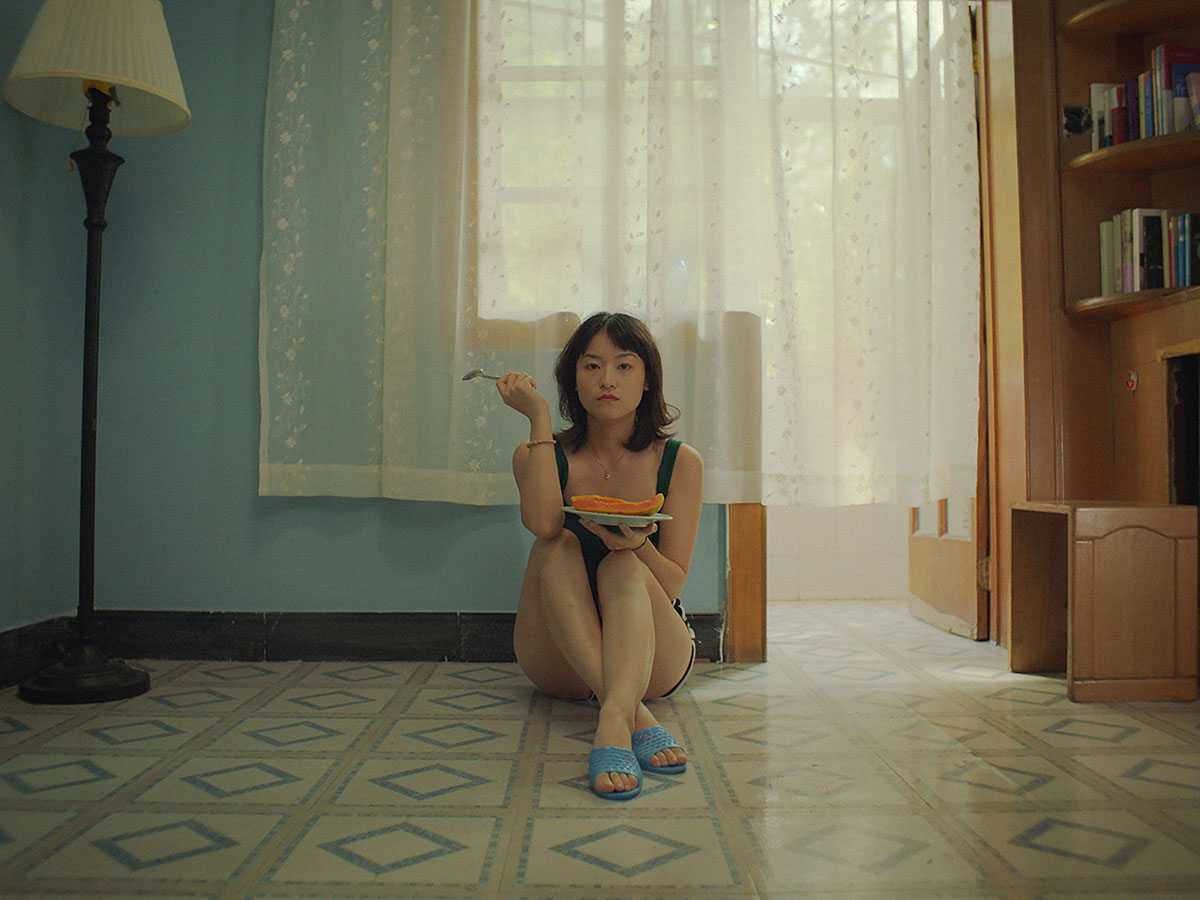- World Premiere
Spotlight
A Room of One’s Own
一间自己的房间
Director: XIE Yiran (谢依然)
2022|China|25min|Language: Chinese, French|Subtitles: English, Japanese
| Date | Time | Venue |
|---|---|---|
| 3/11 Fri | 19:00《Short films program 7》 | Cine Libre Umeda 3 |
| 3/16 Wed | 11:30《Short films program 7》 | Cine Libre Umeda 4 |

- Starring
- WANG Xin (汪欣)
XIAO Ding-chen (肖鼎臣) - Synopsis
A young couple, Quiney (WANG Xin) and Chen Feng (XIAO Dingchen) move into their new apartment and find a giant red mattress. Quiney wants it gone while Chen Feng is happy to leave it laying there. The mattress and their attitudes to it serve as a metaphor for how they regard life as Quiney finds her space and freedom controlled by her lazy boyfriend. As the relationship becomes more toxic, she realizes something must be thrown out…
How spaces are designed and used and how families treat male and female members are some of the thrusts the film A Room of One’s Own makes in an examination of gender dynamics. While the title is a reference to Virginia Wolfe’s famous work, it has the hip visual style of a French film (filmmaker XIE Yiran dedicates her film to Anna Karina and Agnes Varda) and so its build-up of its central thesis has a light touch.
[Jason MAHER]
- Director's Message
- A Room of One’s Own is a crucial step towards finding my own auteurism. The story revolves around the giant deserted mattress and tackles the practical and metaphorical issues it induces. The film’s audio-visual aspect is highly inspired by the works of Chantal Akerman, Agnes Varda, and Francois Ozon(especially his 'Scenes de Lit’). The story, while highly influenced by Virginia Woolf’s feminist works, attempts to shed light on the complex interaction between space, gender, and power in contemporary society. As Lefebvre states, space is not neutral but gendered—‘the space in which the articulation occurs becomes the site of cultural inscription, particularly the relationship of time and space to the physical performance of gender.’ In this short feature, I attempt to depict the image of a woman pushed to the margins of the gendered space, which is the apartment itself. In showing her realization and defiance, the production and reproduction of gendered domination are made manifest, deprived of the disguise of love and romanticism.


